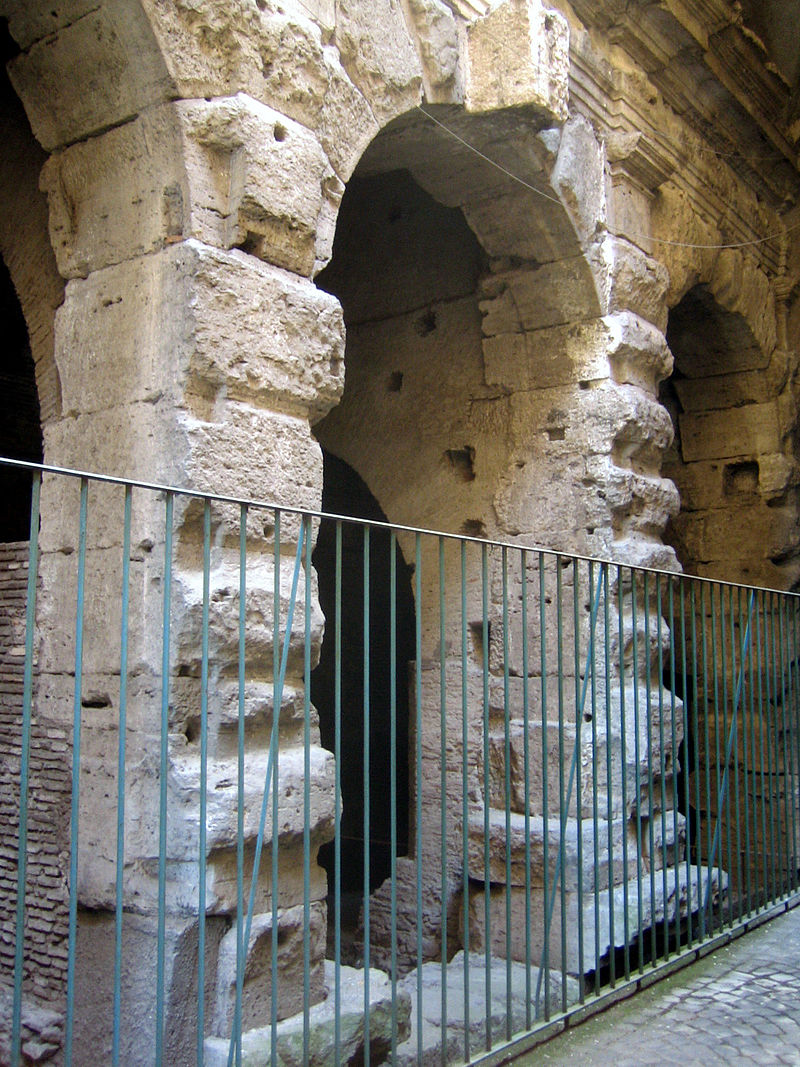Arcades have been around since the ancient Romans. Just recently, British archaeologists discovered a Roman arcade under an apartment block in Colchester, Essex. Experts believe that the ancient walkway included more than 28 archways that were topped by a grand gateway. They also believe that it was once at the heart of the busy Roman town.
The ruins of the grand 393-foot structure have been used to create a computer model of what the arcade could have looked like over 1,800 years ago. It is believed that it is on the same scale as the grand arcades of Rome. Some of the sections measure 26 feet tall.
One of the archaeologists at the site said that the elaborately arched building would have provided a wonderful frontage to the Temple of Claudius that was built in 54 AD. Today, that temple actually forms the base of the town’s Norman Castle.
The Temple of Claudius was actually the only Roman temple dedicated to an imperial cult in Britain. Claudius had come to Camulodunum, which was the Iron Age precursor of Colchester during the Roman invasion of Britain in 43 AD.
Dr. Phillip Crummy, the Colchester Archaeological trust director, said that the discovery of the monumental arcade was originally made in 1954, but for some reason, it was left untouched. He added that it is the biggest Roman structure of its kind to be discovered in Britain. The closest rival in terms of size is in Northern France. The two buildings also share some of the same architecture. A similar looking arcade is actually being investigated in a small town known as Point-Sainte Maxence, which is about 25 miles north of Paris.
Crummy added that the original arcade and its grand columns are similar to the ones that visitors can see in Bath at the Roman Baths. He also said that it is quite an extraordinary find, which shows the history of Colchester.

Crummy and his team will also have an exhibition that will go on display. They will have computer graphics showing visitors what the arcade would have looked like centuries ago. A large photo will be projected on a wall behind the original ruins.
Crummy
explained that he and his team have managed to work out the final
dimensions of the columns found at One Castle House in Roman feet. He
said that the calculations have allowed them to design a digital
reconstruction that they will put on a projector. With this, they can
show visitors what it was like to live in a Roman arcade over 1,000
years ago.
 Emperor Claudius.Source
Emperor Claudius.SourceThey also said that the temple precinct would have resembled the Forum in Rome, a busy place with people going to and from the temple. It would have been an area for people to socialize and shop at the market stalls. The people would have entered through the archways of the arcade.
The precinct of the area is thought to have been standing at the time of the Norman invasion of England and was only demolished when the castle was built. The settlement of Colchester dates back to almost 2,000 years. The Roman military chiefs established a fortress there, shortly after conquering Britain in 43 AD.

Δεν υπάρχουν σχόλια:
Δημοσίευση σχολίου